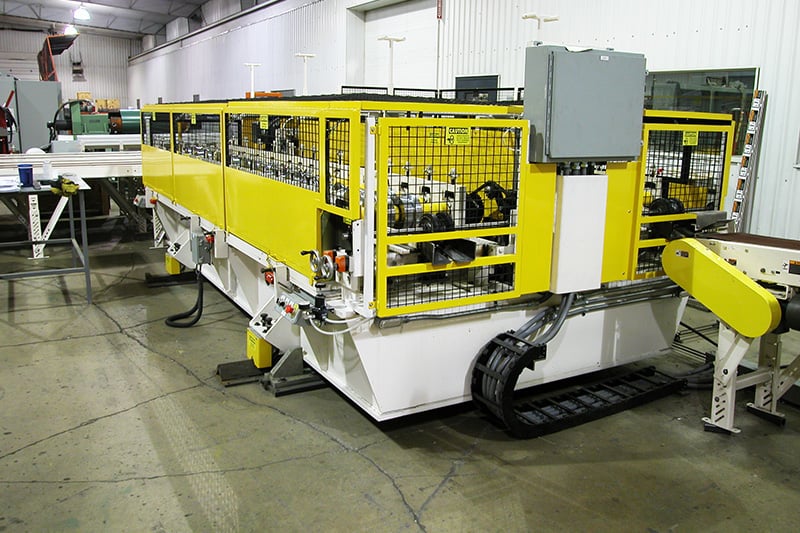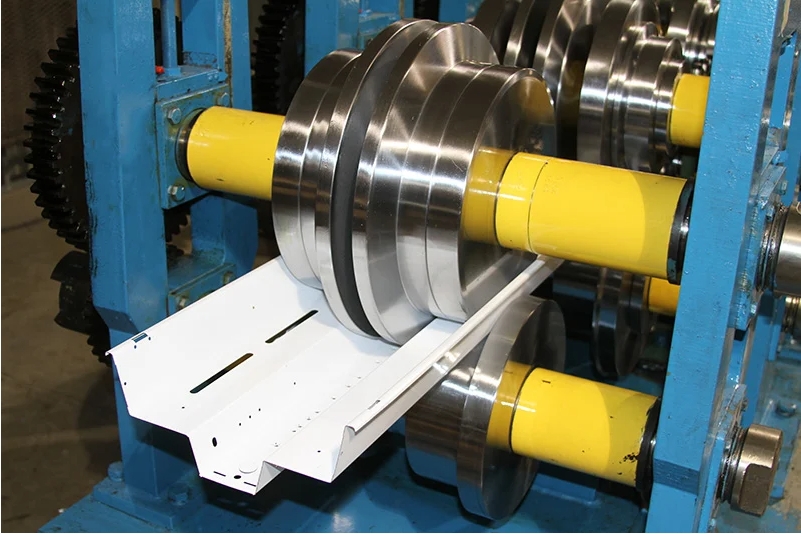Navigation Menu
Contact Us
- Email:
- info@wxavatar.com
- Address:
- Yurong Village, Yuqi Street, Huishan District, Wuxi, China.
Release Date:Jun 25, 2025 Visit:19 Source:Roll Forming Machine Factory
The luminaire manufacturing industry is experiencing significant improvements in precision, efficiency, and design flexibility thanks to advancements in CNC (Computer Numerical Control) technologies. As lighting products become more sophisticated, manufacturers are leveraging next-generation CNC systems to enhance production capabilities. This article explores the key ways modern CNC innovations are transforming luminaire manufacturing.

1. Enhanced Precision for Complex Geometries
Modern CNC machines offer micron-level accuracy, enabling manufacturers to produce intricate luminaire components with tight tolerances. High-speed 5-axis CNC machining allows for complex curves, undercuts, and detailed patterns that were previously difficult or impossible to achieve. This precision ensures consistent quality across high-volume production runs.
2. Faster Production with Multi-Axis Machining
New multi-axis CNC systems reduce machining time by handling multiple operations in a single setup. Instead of requiring separate machines for drilling, milling, and finishing, advanced CNC centers perform all these tasks sequentially, minimizing handling errors and accelerating throughput. This efficiency is particularly valuable for custom and high-mix luminaire production.
3. Improved Material Utilization
Advanced nesting software optimizes material usage by calculating the most efficient cutting paths for CNC machines. This reduces waste and lowers material costs, especially when working with metals, plastics, and composite materials commonly used in luminaire housings and reflectors.
4. Greater Design Flexibility
CNC technology enables rapid prototyping and small-batch production without expensive tooling changes. Manufacturers can quickly adjust designs to meet customer specifications or test new concepts before full-scale production. This agility supports innovation in luminaire aesthetics and functionality.
5. Automated Tool Changing and Adaptive Machining
Modern CNC systems feature automatic tool changers that switch between cutting, drilling, and engraving tools without manual intervention. Some machines also incorporate adaptive machining, where real-time sensors adjust cutting parameters based on material variations, ensuring consistent quality even with slight material inconsistencies.
6. Integration with CAD/CAM Software
Seamless connectivity between CNC machines and advanced CAD/CAM systems streamlines the design-to-production workflow. Engineers can simulate machining processes digitally, identify potential issues, and optimize toolpaths before physical production begins, reducing trial-and-error inefficiencies.
7. Consistent Quality with In-Process Monitoring
New CNC machines often include in-process inspection systems that measure part dimensions during machining. If deviations are detected, the system can automatically compensate, reducing scrap rates and improving overall product reliability.
Conclusion
CNC technology continues to play a vital role in modern luminaire manufacturing by improving precision, efficiency, and adaptability. As CNC systems become more advanced, manufacturers gain greater control over production quality while reducing costs and lead times. These innovations ensure that the industry can meet evolving demands for high-performance, aesthetically diverse lighting solutions.

This article provides an informative overview of CNC advancements in luminaire production while adhering to content guidelines for search engine visibility. By focusing on technical improvements and manufacturing benefits, it offers valuable insights for industry professionals.